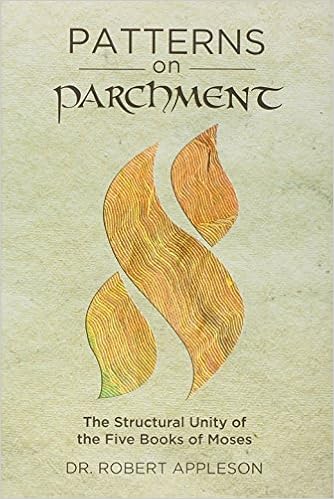A talk given Erev Shabbos Shirah:
Music and Avodas Hashem
BTW, FWIW: נגן+שיר=תריג
BTW, FWIW: נגן+שיר=תריג
Synopsis by one of the listeners:
This week is Shabbos Shira, the week when the Jewish People sang Shiras HaYam to Hashem after witnessing the miracles of Kriyas Yam Suf (the splitting of the Red Sea). In Jewish Tradition, there are many types of shira (song) that are discussed, and specifically shira is broken down into 2 categories: those with words and those without. Shira without words is often said to focus on emotion, using the tune itself to transport the singer, with shira with words is said to be more of an intellectual experience, connecting to Hashem through the words while using the tune as a vehicle. Even a shira without words, though, brings emotion: sadness, happiness, etc.
Since shira has
tremendous power to affect our emotions, we need to be careful with the
type of music we listen to. Music that has inappropriate language,
lyrics, or even a tune that was composed with the intent of bringing out
its listener's negative nature is music we should distance ourselves
from. Music has a real impact on one's soul!
The GR"A famously said that of all the secular (non-Torah related)
knowledge he mastered, the most important to understand was the
knowledge of music. He felt that in order to properly understand Torah, one also had to have an understanding of music. In fact, we see that Elisha, when he was trying to achieve nevuah (prophesy), asked for instruments to be played before him. In the Beis Hamikdash (Holy Temple), the instruments played by the Leviim (Levites) were so crucial to the avodah (service)!
When we listen to music, especially with instruments, it's a very powerful experience. The medrash says that techiyas hameisim (revival of the dead)will be accomplished through music, and Chazal (our Rabbis) say that the world of teshuva (repentance) is next to the world of niggun (song).
By hearing this song (we don't know what exactly it is, of course), the
soul will be inspired to repentance, and thus deserve to be
resurrected.
In this week's parasha we see the first shira. Shira is meant to help us connect to Hashem, to inspire us to reach higher and achieve spiritual closeness! May we all be zoche(worthy) to use our musical capacity to grow in our avodas Hashem (service of G-d), talmud Torah (learning Torah), and shmiras hamitzvos (keeping of the commandments)!







